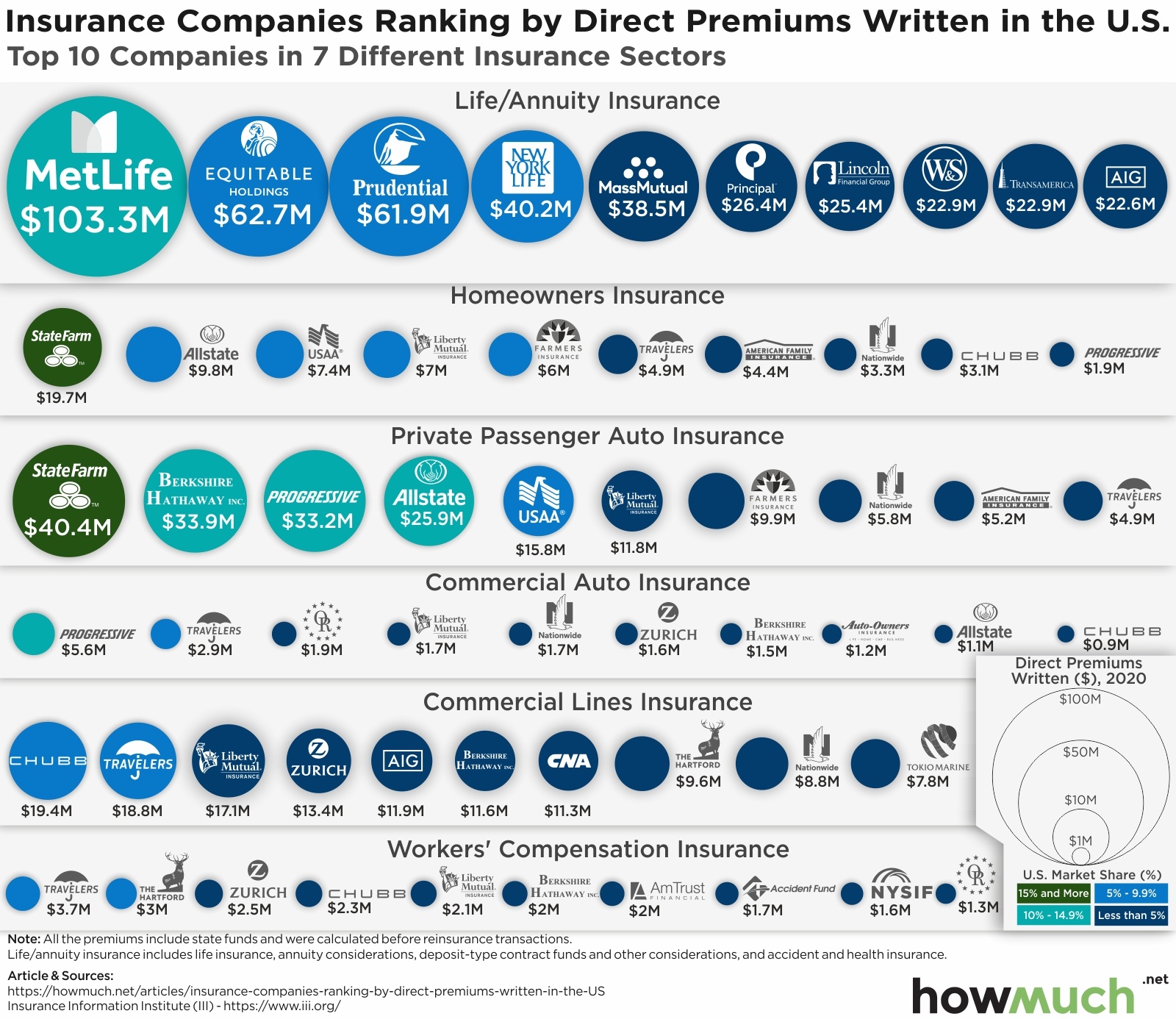A lot has happened to the global economy over the last 35 years. The forces of economic liberalization, globalization, and the rise of the multinational corporation have all left their mark. Many countries have benefited over this period, but some have suffered. Others have not really changed much in terms of their global economic position.
Using data from the International Monetary Fund (IMF), we produced a dynamic Voronoi diagram showing the GDPs of the world’s largest countries from 1980 to 2015. GDP is the total market value of all goods and services produced in a country for a given time period.
In the diagram, the size of the countries and regions represent the relative size of their economies (in terms of nominal GDP). As the diagram cycles through the years from 1980 to 2015, you can see how economies have grown or contracted relative to others.
We have produced similar diagrams before — one comparing the level of economic activity in the various US states, and another comparing the GDP (by sector) of the world’s largest economies. Check them out for more economic insights!
Note: The area labeled "other" represents countries with a combined GDP that has been consistently lower than 11.5% of the global economy over the last 35 years.
What is the Global Economy?
If you focus on a particular region or country, you will notice that in many cases there is a period of relative expansion followed by relative contraction, or vice versa. The US economy, for example, grew in relative terms until 1985, then it started to shrink until 1995, when it started growing again to a peak in 2002, and then fell back again until about 2009 — since then it has been relatively stable at around 22% of global GDP. (Talk about a rollercoaster ride!)
The biggest change over the last 35 years was a transfer of economic dominance from Europe to Asia. In fact, in 1980, Europe represented approximately 32% of global economic activity, while Asia accounted for about 20%. By 2012, their positions had been completely reversed.
Meanwhile, the relative GDP of North America decreased by just 2% over the 35-year period, while South America, Oceania, and Africa saw marginal increases. The Canadian and Mexican economies have declined slightly in relative terms (by 0.2% and 0.4%) between 1980 and 2014, while the US economy went from 25.7% of global GDP in 1980 to 22.5% in 2014.
The most drastic country-level changes happened within Asia. The biggest story is of course China, which grew from 2.8% of global GDP in 1980 to 13.4% in 2014. Conversely, Japan shrunk from 9.8% in 1980 to 6.0% in 2014. The other big contributors to Asia’s economic growth were India, South Korea, Russia, and Taiwan.
According to IMF projections, 2015 will actually be a fantastic year of growth for the US, China, and India: the US economy is forecast to grow by 1.8% compared to 2014 (in relative terms), while China and India are forecast to grow by 1.6% and 0.5%. The worst-performing economies this year will be Russia (-0.8%), Brazil (-0.4%), Japan (-0.4%), Germany (-0.4%), and France (-0.4%).
Key findings
Here are the key points that this diagram has taught us:
-
History doesn’t go in a straight line: for many countries (including the US), the last 35 years have been an economic rollercoaster ride. Another example is Japan, which reached a peak of 17.6% of the global economy in 1994, but now stands at just 6%.
-
The global economy actually moves in waves: over the years, recessions in the US have impacted the entire global economy. For instance, rising US interest rates from 1986-1989 and an oil price shock in 1990 briefly slowed economic growth in the US. Also, the year 2001 saw the dot-com bubble burst and 9-11 attacks, which ended a decade of economic growth. But it was the Great Recession from 2007-2009 that had the biggest impact, causing the US and European economies to slow while emerging countries (mostly in Asia) continued to gather steam.
-
While off its peak, the US remains the most dominant single economy, representing almost one-quarter (22.5%) of the world’s GDP — equivalent to the Europe’s share.
-
China’s economy has skyrocketed, growing from a relatively small economy in 1980 (2.8% of global GDP) to the second-largest economy today (13.4% of global GDP).
-
In terms of GDP, Asia is the new Europe — Asia’s current share of the global economy is roughly equivalent to Europe’s in 1980 (32%).
Where is the global economy heading?
According to the IMF’s World Economic Outlook, the global economy will grow by 3.3% in 2015, slightly slower than last year. But the IMF notes that advanced economies will actually be growing faster this year, while growth in developing economies will be slower than in 2014.
The IMF expects global growth to speed up to 3.8% in 2016 due to low interest rates, neutral fiscal policy in the EU, lower fuel prices, and growing confidence in labor market conditions. The Chair of the Federal Reserve in the US seems confident as well, recently stating that “the prospects for the US economy generally appear solid”. Nevertheless, there are downside economic risks, including market volatility and excessive asset prices shifts.
Where do you think the global economy is headed? Please feel free to leave your comments below! We would like to hear your feedback.
Watch 35 Years of the World’s #Economy Evolving as a Living Organism http://t.co/BFGylqmzr3 via @howmuch_net pic.twitter.com/ZdLonXPTNf
— How Much (@howmuch_net) October 5, 2015
Sources: Table 1
About the article
Authors
Irena - Editor










